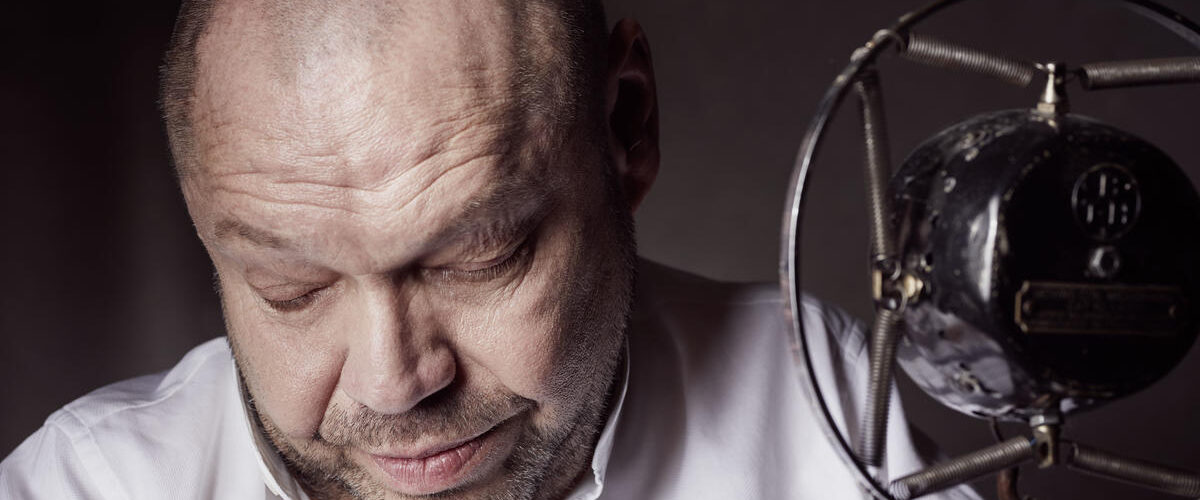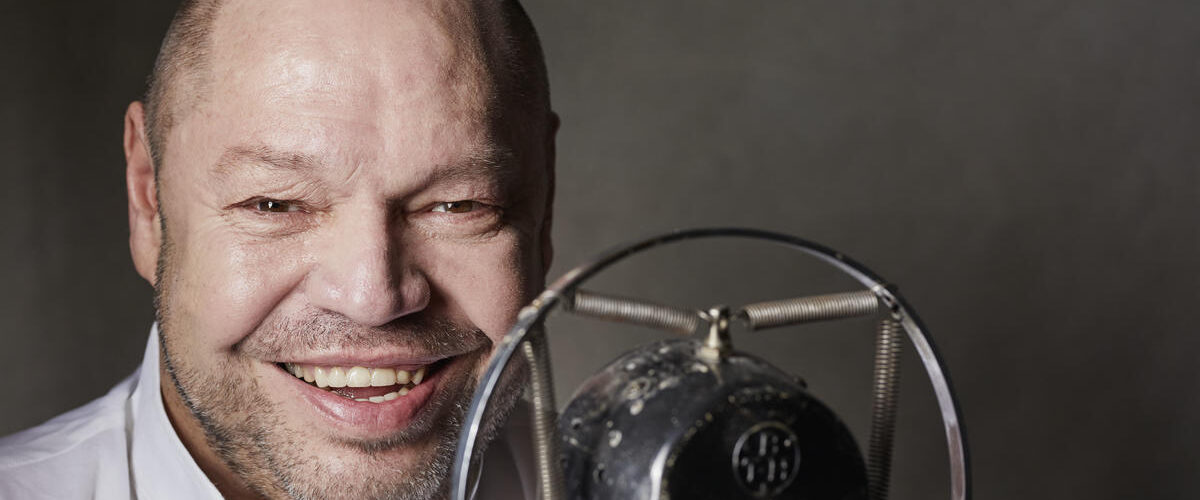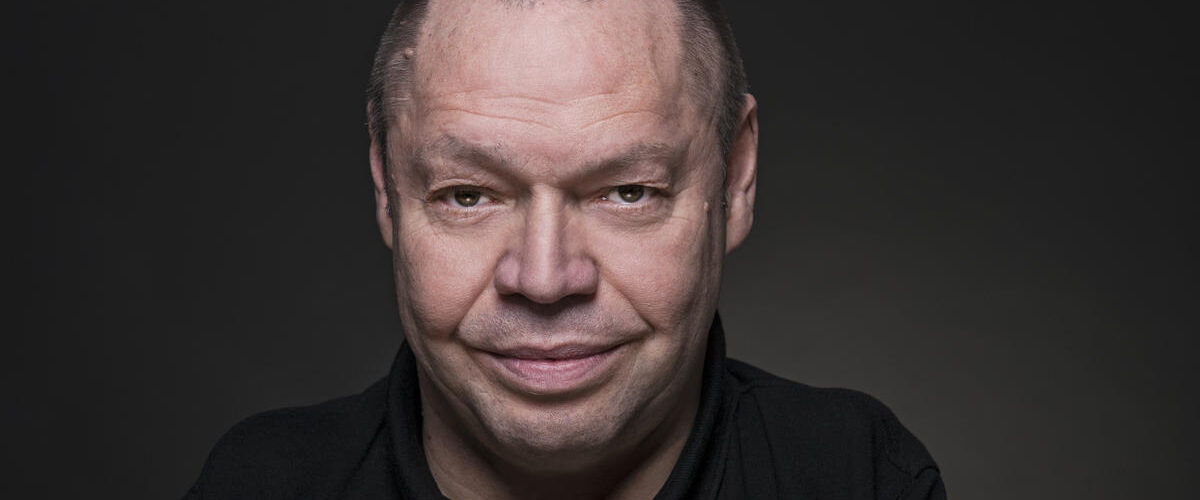TRANSCRIPT
Scofield: I was looking at the website of the competition Das Lied, and I saw something really interesting that kind of brings you back to your jazz career. It says, “Lied is not only an art song, but also a folk song, a jazz song, pop song, worker song, war song, ballad, chanson, and last but not least, German hip-hop which has its roots in Heidelberg.” I thought that was fascinating. Could you explain a little bit more about that?
Quasthoff: All of the art forms that you just mentioned have to do with language, with words. This is the first credential that it had. I mean, I would not say that the classical song is a rap song, that’s a little bit dangerous to compare. But it has to do with a message that you have to transport. If I’m on stage as a rapper, or a jazz musician, or a classical singer, or even an opera singer, there’s always a message that you have to give to the audience. In classical music, it’s the message from the poet, and it’s the message from the composer, which is the main important thing. If you write your own set of songs, it’s the message that you give by yourself, with your voice, with the language, the words to the audience, and this is following through all kinds of vocal artistry that you have.
So, I think in this point of view, all the art forms that has to do with singing, rap, jazz, classical music, pop songs, schlager that we have in Germany with German text, they have a message. Sometimes, the message is a little simple, you have only love songs, sometimes more intelligent, you have better text, you have more to say, but generally it has to do with language and message that you have to translate to an audience.
Read more about Thomas Quasthoff on their OFFICIAL WEBSITE.




